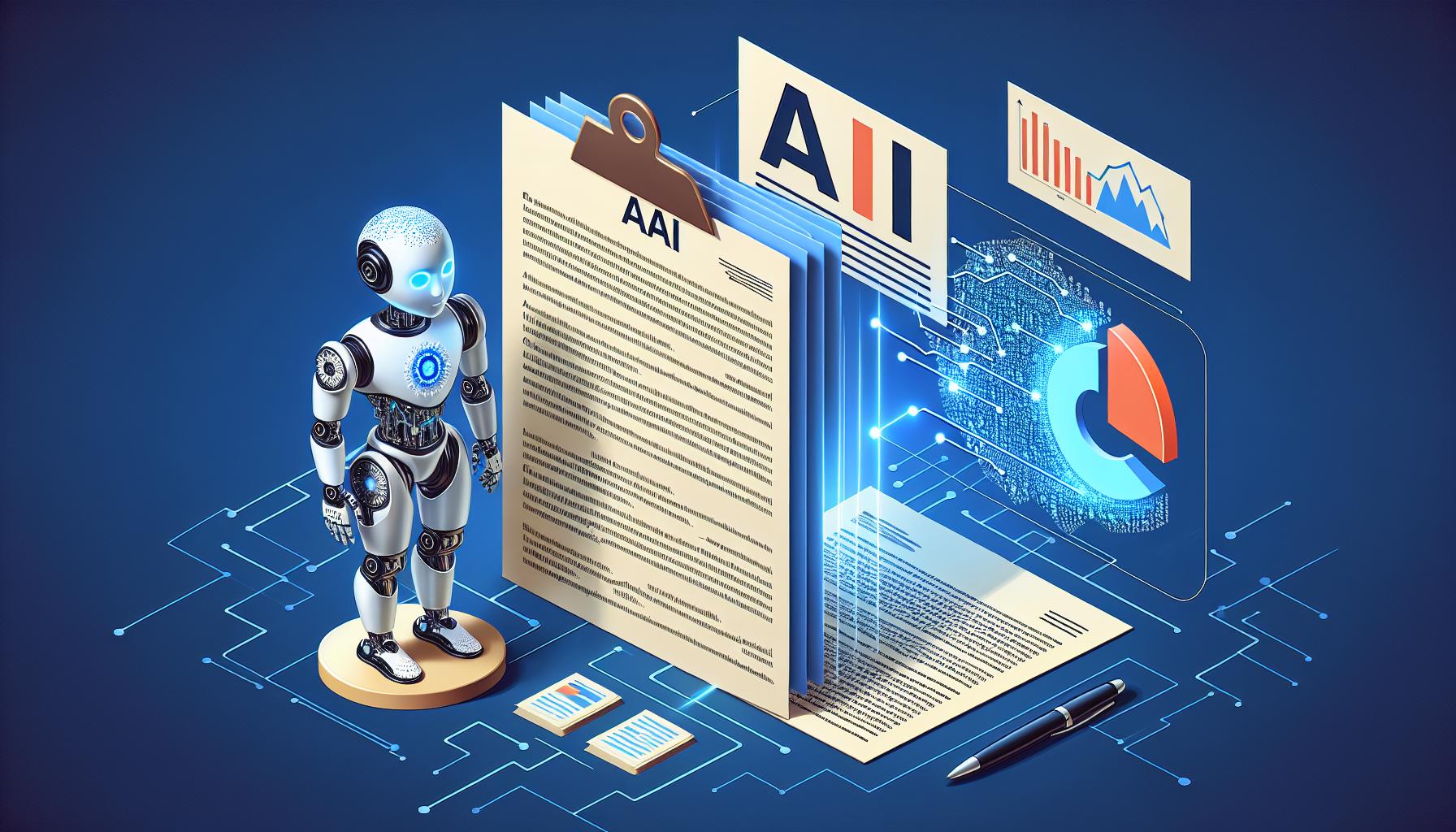Decoding Legal Jargon: AI as Your Personal Legal Assistant

Introduction
Legal documents can be intimidating. Whether you're staring at a loan agreement or a service contract, the intricate language and overwhelming amount of information can make even simple decisions feel daunting. This is where Artificial Intelligence (AI) comes into play. AI has emerged as a powerful tool that can help decipher complex legal jargon, making it more accessible and comprehensible for personal use. In this blog post, we'll explore how AI is revolutionizing the legal landscape and making legal documents easier to understand.
The Complexity of Legal Jargon
Legal documents are often filled with technical terms and convoluted sentences that only a trained lawyer might fully understand. Terms like indemnity, force majeure, and arbitration can leave the layperson puzzled and worried about what they might be agreeing to. The complexity isn't just about the vocabulary; it's also about understanding the implications of each clause. This complexity can lead to confusion and, in some cases, unintentional agreement to unfavorable terms.
How AI Simplifies Legal Documents
AI tools have been developed to break down these barriers by simplifying legal language and highlighting essential information. Unlike traditional methods requiring extensive legal knowledge, AI can make sense of legal jargon in real-time. Here are some ways AI achieves this:
Breaking Down Complicated Terms
AI algorithms can parse through legal documents and offer simplified explanations of complex terms. By leveraging natural language processing (NLP), these tools can provide concise and easy-to-understand definitions. For example, in a loan agreement, terms like APR (Annual Percentage Rate) can be explained in layman's terms, helping users grasp the document's core aspects quickly.
Highlighting Key Clauses
One of the most valuable features of AI legal tools is their ability to highlight key clauses that require attention. Whether it's a termination clause in a service contract or a prepayment penalty in a loan agreement, AI can draw attention to these critical sections. This capability ensures that you don't miss important details that could impact your obligations and rights.
Offering Risk Assessments
Beyond simplifying terms and highlighting clauses, AI can also offer risk assessments. By analyzing past cases and current laws, AI can predict potential legal risks associated with specific contract clauses. This feature empowers users to make informed decisions, knowing the potential repercussions before signing any document.
Real-World Examples
Consider Emily, a freelance graphic designer, who recently used an AI tool to navigate a service contract offered by a new client. The AI highlighted a non-compete clause that would restrict her from working with other clients in the same industry. With this information, Emily negotiated the clause, ensuring it was less restrictive. Another example is John, who used an AI tool to review a home loan agreement. The AI flagged a variable interest rate clause, allowing John to discuss more stable options with his lender.
User Testimonials
Many individuals have already benefited from AI tools designed to simplify legal documents. Sarah, a small business owner, shared her experience: The AI tool made it so easy to understand my lease agreement. I felt empowered to negotiate terms that were initially confusing.' Mark, a recent college graduate, said, I used an AI tool to review my employment contract. It highlighted sections that needed further clarification, saving me from potential pitfalls.'
Conclusion
AI technology is transforming how we interact with legal documents. By simplifying complex terms, highlighting vital clauses, and offering risk assessments, AI tools make legal documents more understandable and accessible. These innovations empower individuals to make well-informed decisions about the agreements they enter into, reducing the risk of unintentional commitments. As AI continues to evolve, it promises to make the legal landscape more navigable for everyone.




